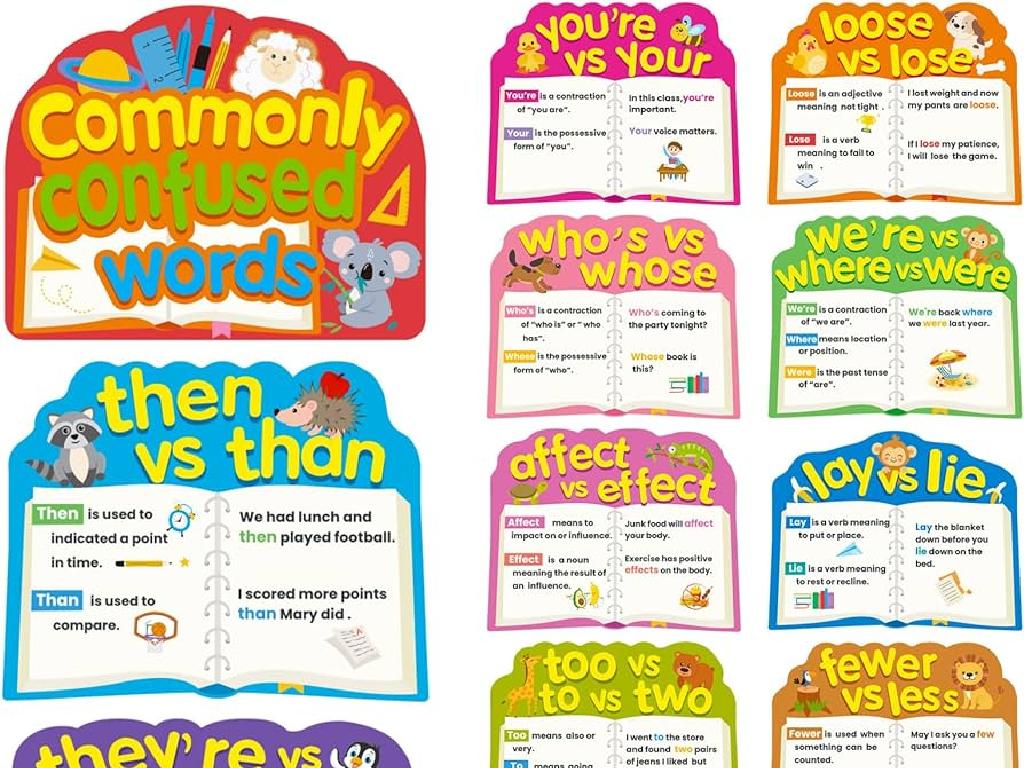Pax Romana
Subject: Social studies
Grade: Sixth grade
Topic: Rome And The Byzantine Empire
Please LOG IN to download the presentation. Access is available to registered users only.
View More Content
Exploring Pax Romana: Rome’s Golden Age
– Introduction to Rome’s Empire
– Rome’s Empire was vast, covering Europe, Asia, and Africa
– Timeline of the Roman Empire
– From the founding of Rome to the fall of Byzantium
– Overview of Pax Romana
– Pax Romana means ‘Roman Peace’, a period of stability
– Significance of Pax Romana
– A time of prosperity, cultural achievements, and expansion
|
Today’s lesson will introduce students to the grandeur of the Roman Empire and its timeline, leading up to the Pax Romana. Pax Romana, or ‘Roman Peace,’ was a pivotal period in Roman history, marked by political stability, economic prosperity, and cultural achievements. It lasted approximately 200 years and was a time when the arts, law, and infrastructure flourished. This era also saw the expansion of Rome’s influence, setting the stage for the development of Western civilization. Encourage students to think about how peace can lead to cultural and societal advancements.
Understanding Pax Romana
– ‘Pax Romana’ translates to ‘Roman Peace’
– A long period without major wars within the empire
– A time of stability and prosperity
– Economic growth, arts, and architecture flourished
– Spanned from 27 BCE to 180 CE
– Nearly 200 years of peace and stability in Rome
– Influenced development of Western culture
– Set foundations for modern government, law, and culture
|
Pax Romana, or ‘Roman Peace,’ was a pivotal period in ancient history where the Roman Empire experienced an unprecedented era of peace and prosperity. It began with the reign of Emperor Augustus and lasted for about 200 years. During this time, Rome saw significant advancements in economic stability, infrastructure development, and cultural achievements. The legal and governmental systems developed during Pax Romana had a lasting impact on Western civilization. This slide aims to give students a foundational understanding of Pax Romana and its significance in the context of the Roman Empire’s history and its influence on the modern world.
The Beginning of Pax Romana
– Augustus Caesar, the first Emperor
– He initiated the Pax Romana era
– Reforms for peace and stability
– Laws and policies that improved life
– Strong leadership’s role
– Leaders guide and protect their people
– Pax Romana’s impact on Rome
|
Pax Romana, which means ‘Roman Peace,’ was a period of relative peace and stability across the Roman Empire that lasted for over 200 years. It began with Augustus Caesar, who established a new form of government and implemented reforms that promoted prosperity and security. Highlight the significance of strong leadership during this time, as it was crucial for maintaining the peace and ensuring the empire’s success. Discuss how Augustus’ leadership set a precedent for future emperors and how his policies contributed to the longevity of the Pax Romana. This period was marked by significant achievements in art, culture, and law, which became a golden age for Rome.
Life During Pax Romana
– Economic growth and trade
– Trade routes expanded, markets thrived
– Engineering and architecture
– Aqueducts, roads, and monumental buildings
– Cultural and artistic feats
– Literature, sculptures, and frescoes flourished
– Impact on society
– Stability led to societal advancements
|
The Pax Romana, or ‘Roman Peace,’ was a period of stability and prosperity for the Roman Empire that lasted approximately 200 years. During this time, economic growth was bolstered by the expansion of trade routes and flourishing markets. Advancements in engineering and architecture were evident through the construction of aqueducts, roads, and impressive buildings. Culturally, the era saw significant achievements in literature, sculpture, and painting, with artists and writers being patronized by wealthy Romans. This period also had a lasting impact on society, setting foundations for modern engineering, law, and culture. Encourage students to think about how peace and stability can lead to advancements in various aspects of society.
The End of Pax Romana
– Marcus Aurelius’s death significance
– His death in 180 AD marked Pax Romana’s end
– Challenges post-Pax Romana
– Economic troubles, military struggles, and political turmoil
– Transition to instability
– From peace to a time of frequent changes in leadership
– Impact on the empire
– The empire faced division and external threats
|
This slide marks the conclusion of the Pax Romana, a period of relative peace and stability within the Roman Empire. Marcus Aurelius’s death in 180 AD is significant as it represents the end of this era. Afterward, the empire encountered various challenges including economic difficulties, military issues, and political instability. This transition led to a less stable period characterized by rapid changes in leadership and ultimately had a profound impact on the empire, contributing to its eventual division and vulnerability to external threats. Discuss with students how this change might have felt for citizens at the time and compare it to transitions in modern times.
Pax Romana’s Lasting Legacy
– Pax Romana’s long-term effects
– Influenced the development of Europe and beyond for centuries
– Spread of Roman law and language
– Latin became the basis for many European languages; Roman laws influenced legal systems
– Roman culture influence
– Roman art, architecture, and engineering inspired future generations
– Pax Romana’s modern legacy
– Concepts of Roman governance and law still impact today’s society
|
This slide aims to highlight the enduring impact of the Pax Romana period on the world. The Pax Romana, which means ‘Roman Peace,’ was a time of stability and prosperity that allowed Roman culture, language, and law to spread across Europe and influence future civilizations. Latin, the language of the Romans, became the foundation for the Romance languages, and Roman law has been a model for legal systems worldwide. Additionally, Roman cultural achievements in art, architecture, and engineering set standards that are still admired today. The legacy of Pax Romana can be seen in modern government structures and legal principles. Encourage students to think about how these ancient influences are still present in their daily lives, such as in the design of government buildings or the use of Latin phrases.
Class Activity: Living in the Pax Romana
– Imagine being in Ancient Rome
– Role-play different Roman figures
– Be a citizen, merchant, or senator
– Discuss Pax Romana’s impact
– How did peace and stability influence daily life?
– Share experiences with the class
|
This interactive class activity is designed to help students understand the Pax Romana by stepping into the shoes of people from that era. Students will choose to be either a citizen, merchant, or senator and role-play scenarios that reflect daily life during the Pax Romana. Encourage them to think about how the peace and stability of this period could have affected trade, politics, and social life. After the role-play, students will discuss their insights and share how they believe the Pax Romana influenced their character’s life. Possible activities include a mock Senate debate, a marketplace exchange, or a citizen’s discussion on changes in Rome. This will help students empathize with historical figures and better grasp the concept of Pax Romana.
Reflecting on Pax Romana
– Recap of Pax Romana’s impact
– A period of peace and prosperity in Rome that lasted 200 years.
– Reflect on today’s lessons
– Compare Pax Romana to today’s world
– How does the long peace of Pax Romana relate to the current global situation?
– Discuss peace and stability
– What can we learn from Rome’s example of creating a stable society?
|
As we conclude, let’s recap the significance of Pax Romana, a 200-year period of peace and prosperity that allowed Rome to flourish. Encourage students to reflect on what they’ve learned about this era and its contributions to law, culture, and governance. Facilitate a discussion on how the peace and stability of Pax Romana compare to the modern world, prompting students to think critically about the factors that contribute to a stable society and the lessons we can learn from history to apply to our own lives and communities.






